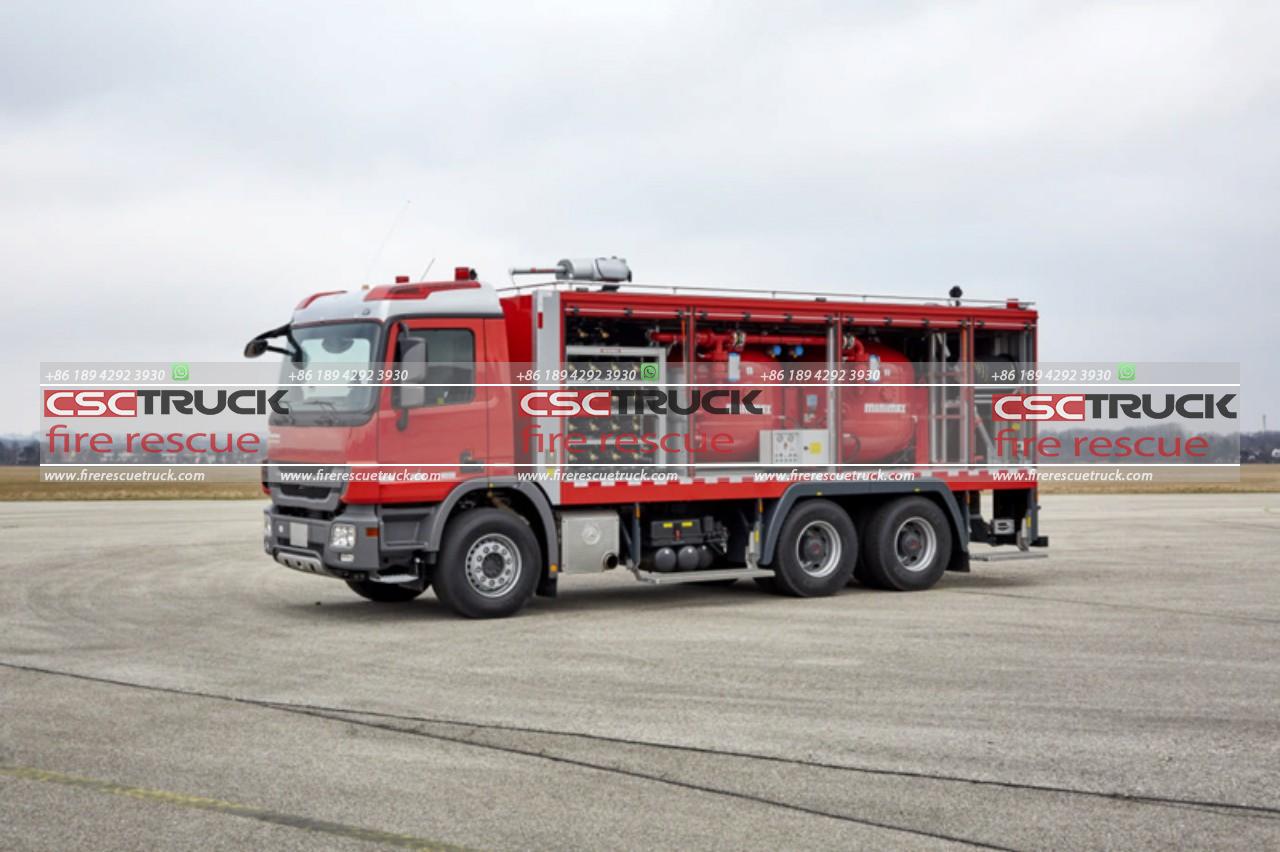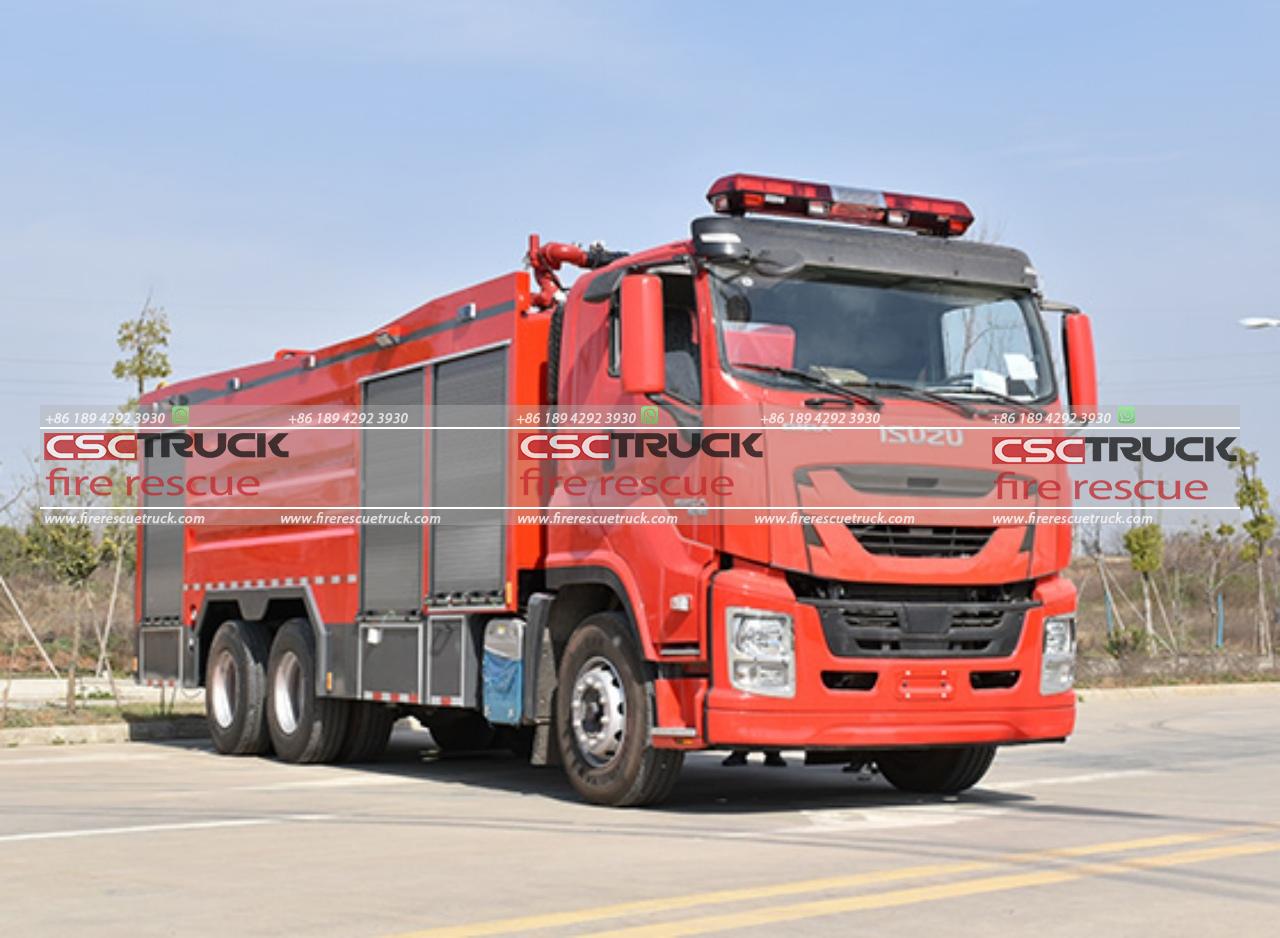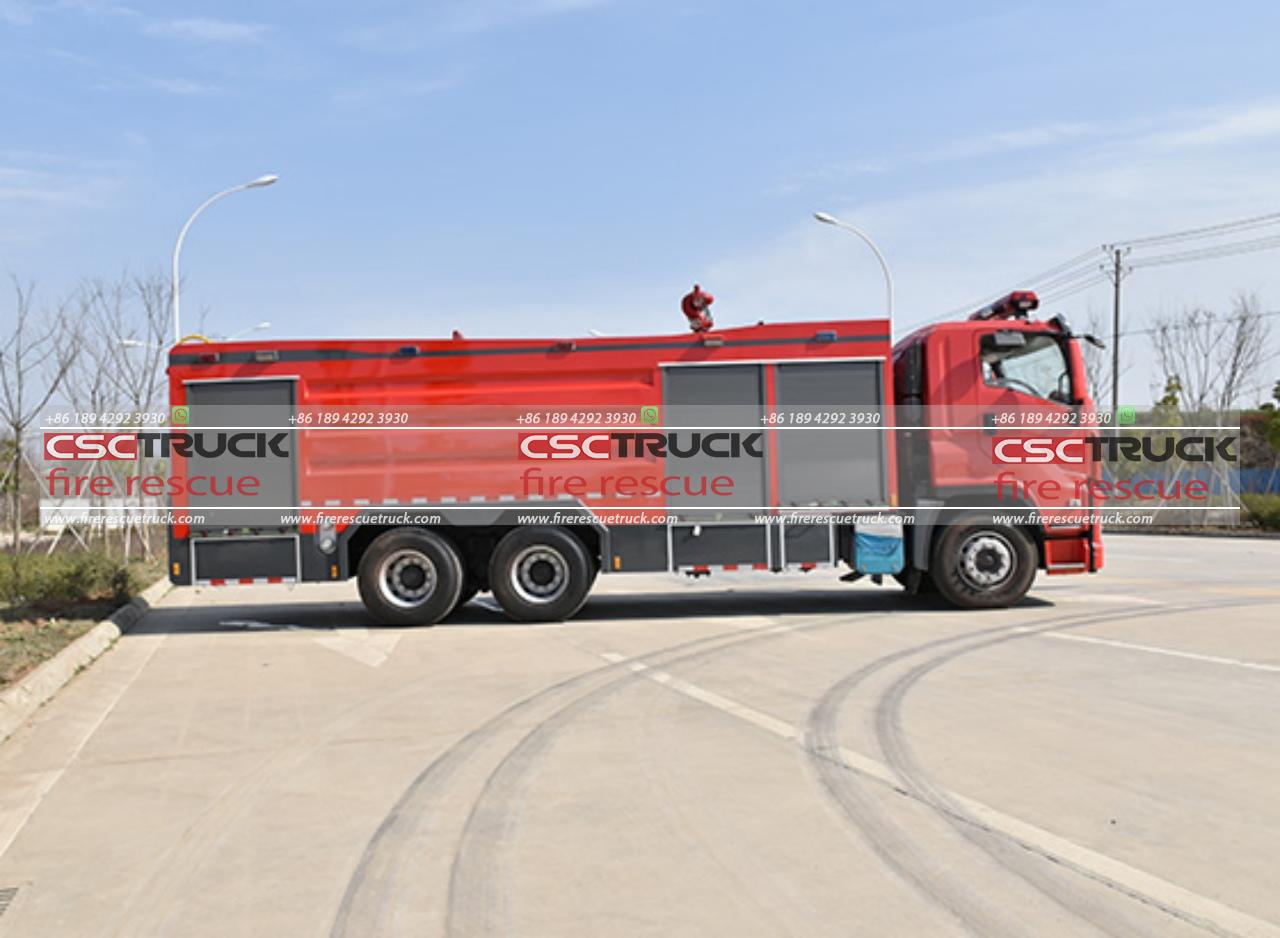In the battle against fires, every second counts. When faced with the daunting task of extinguishing flames swiftly and efficiently, firefighters rely on advanced technologies and innovative solutions. Among these, dry powder fire trucks stand out as a beacon of precision protection, offering rapid suppression capabilities that can make all the difference in saving lives and property. In this article, we delve into the world of dry powder fire trucks, exploring their functionality, benefits, and the crucial role they play in firefighting operations.
The Need for Rapid Suppression:
Fires, whether in urban settings or industrial complexes, pose significant threats to safety and property. Traditional firefighting methods, while effective, often require time-consuming processes such as setting up hoses and coordinating water sources. In situations where every moment counts, such as fuel fires or chemical spills, these methods may prove insufficient. This is where dry powder fire trucks come into play, offering a rapid and targeted approach to fire suppression.
Understanding Dry Powder Fire Trucks:
Dry powder fire trucks are specially designed vehicles equipped with dry chemical powder agents, typically stored in onboard tanks. These agents, often a combination of substances like ammonium phosphate, sodium bicarbonate, or potassium bicarbonate, are highly effective in smothering fires by interrupting the chemical chain reaction essential for combustion. Unlike traditional water-based systems, dry powder agents do not rely on cooling the fire but instead work by separating the fuel from the oxygen, thereby extinguishing the flames.

Key Features and Functionality:
The hallmark of dry powder fire trucks lies in their versatility and mobility. These vehicles are engineered to navigate through challenging terrains and reach inaccessible areas swiftly. Equipped with powerful pumps and dispensing systems, they can deliver dry powder agents with pinpoint accuracy, ensuring maximum coverage and suppression efficacy. Moreover, many modern dry powder fire trucks are integrated with advanced technology such as remote-controlled monitors and automated dispensing systems, further enhancing their efficiency and safety.
Benefits of Dry Powder Fire Trucks:
The advantages offered by dry powder fire trucks are manifold. Firstly, their rapid response capabilities enable firefighters to contain fires swiftly, minimizing damage and reducing the risk of escalation. Additionally, the versatility of dry powder agents allows for effective suppression of various types of fires, including Class A, B, and C fires involving combustible materials such as wood, liquids, and gases. Furthermore, dry powder fire trucks are well-suited for use in hazardous environments where water-based systems may be ineffective or pose additional risks, such as electrical fires or chemical spills.
Applications in Different Settings:
Dry powder fire trucks find applications across a diverse range of settings, from industrial facilities and airports to oil refineries and military installations. In industrial settings, where the risk of flammable materials is high, these specialized vehicles play a crucial role in safeguarding personnel and assets. Similarly, in airports, dry powder fire trucks are deployed to respond to aircraft fires swiftly and effectively, minimizing the potential for catastrophic outcomes. Moreover, their ability to handle diverse fire scenarios makes them invaluable assets in disaster response and emergency management efforts.

Challenges and Considerations:
While dry powder fire trucks offer numerous benefits, they also present certain challenges and considerations. One such challenge is the limited capacity of onboard dry powder agents, necessitating careful planning and resource management during firefighting operations. Additionally, the deployment of dry powder agents may generate secondary environmental concerns, particularly in sensitive ecosystems or water sources. Addressing these challenges requires a balanced approach that prioritizes both effective firefighting and environmental stewardship.
Future Directions and Innovations:
As technology continues to evolve, so too do the capabilities of dry powder fire trucks. Future innovations in this field may include advancements in agent formulations, optimized delivery systems, and enhanced integration with IoT (Internet of Things) and AI (Artificial Intelligence) technologies. These developments hold the promise of further improving the speed, efficiency, and safety of fire suppression operations, ensuring that firefighters are equipped with the best tools available to combat emergencies effectively.

Conclusion:
In the realm of firefighting, precision and speed are paramount. Dry powder fire trucks epitomize these qualities, offering a rapid and targeted approach to fire suppression that can mean the difference between containment and catastrophe. With their versatility, mobility, and efficacy, these specialized vehicles serve as indispensable assets in safeguarding lives, property, and the environment. As we continue to face new challenges and threats, the evolution of dry powder fire trucks remains essential in our ongoing quest for precision protection.







